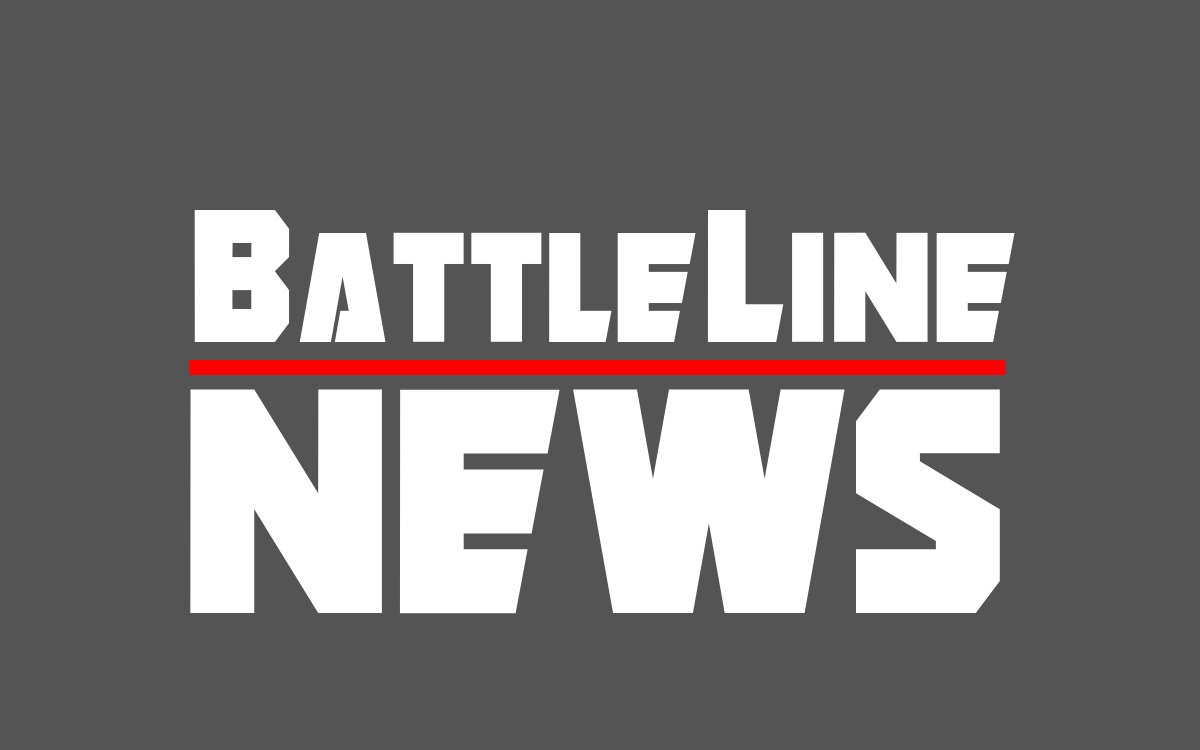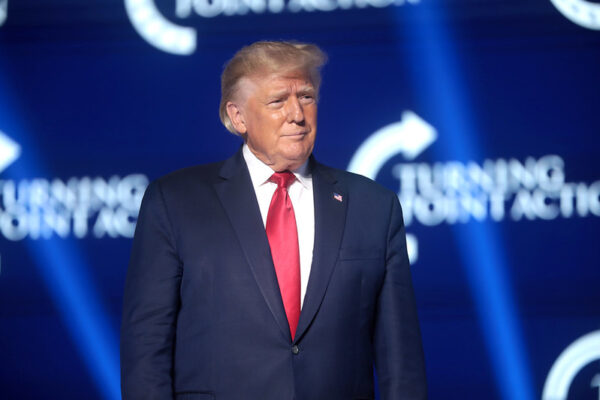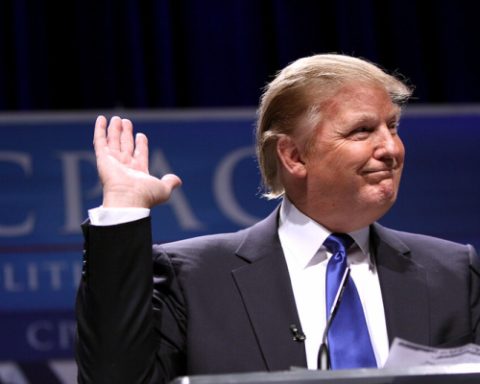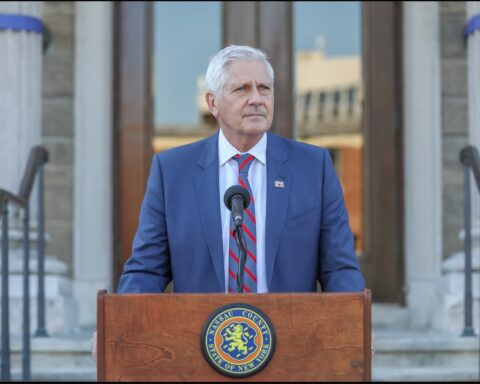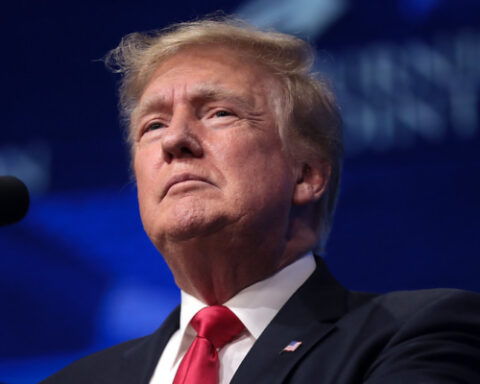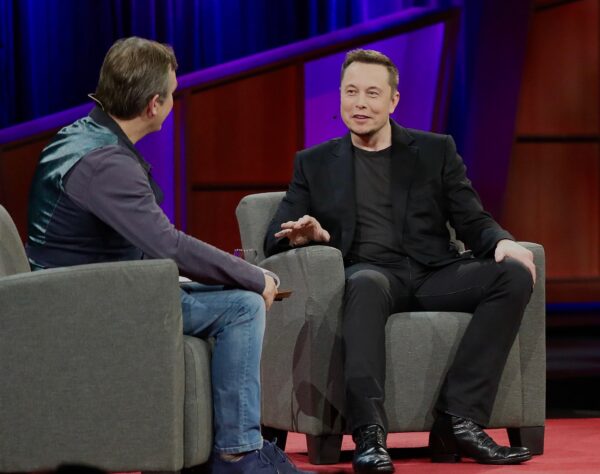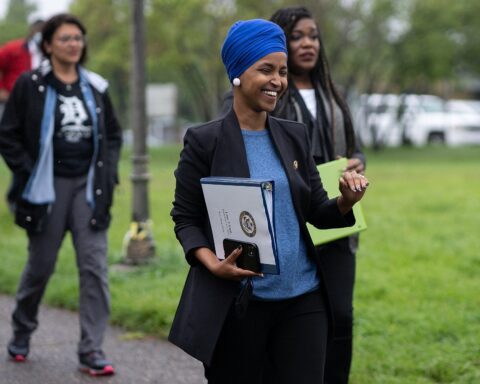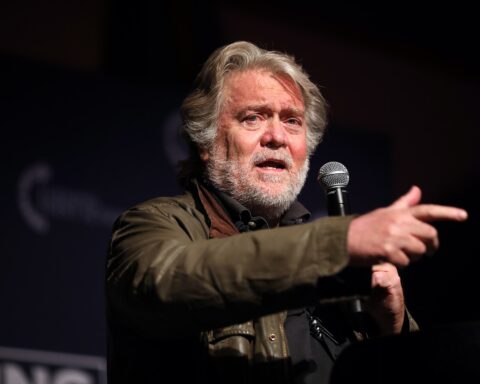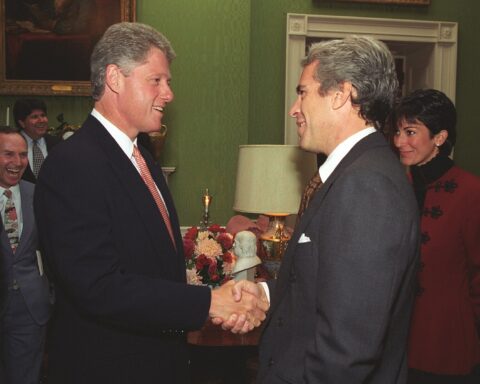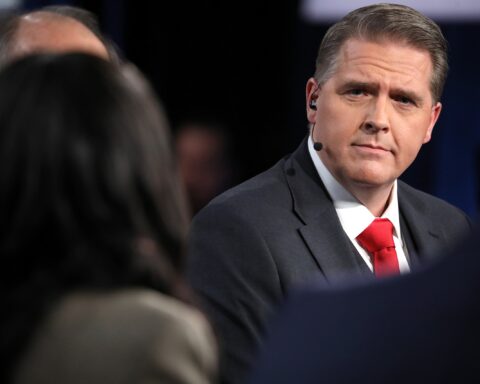In a dramatic escalation of his trade agenda, President Donald Trump reportedly announced on Monday that the United States would impose a 25% tariff on imports from Japan and South Korea beginning August 1.
The announcement, conveyed through letters posted on his social media platform, Truth Social, arrived alongside a warning to both nations: retaliate, and tariffs will increase further.
“This 25% number is far less than what is needed to eliminate the trade-deficit disparity,” Trump wrote in identical letters addressed to Japanese Prime Minister Shigeru Ishiba and South Korean President Lee Jae‑myung.
He offered a path to relief—move production to the U.S.—and hinted that rates could be adjusted if the countries opened their markets to American goods or eased non-tariff barriers.
The move marks the first of several planned actions under Trump’s revived “reciprocal tariff” strategy, originally launched in April.
Following a brief pause on tariff hikes, Monday’s effort extends a deadline from July 9 to August 1, signaling a shift from broad baseline duties to more targeted, country-specific levies. Officials have indicated similar measures may soon affect as many as a dozen additional nations.
Treasury Secretary Scott Bessent confirmed that trade discussions with Japan and South Korea are still ongoing and could yield “several” agreements before the extended deadline.
Still, financial markets responded with caution: the S&P 500 slipped nearly 1% as investors absorbed fresh risks to global trade.
Trump defended his measures as vital to reviving American manufacturing and reducing what he cast as “very persistent” trade deficits—$68 billion with Japan and $66 billion with South Korea last year.
Analysts caution, however, that deficit dynamics are more complex, influenced by savings rates, currency flows, and global supply chains—not merely tariffs.
Japan and South Korea, among the United States’ largest trading partners, together exported over $280 billion in goods to U.S. markets in 2024, covering cars, electronics, machinery, pharmaceuticals, and semiconductors.
South Korea’s trade minister recently urged Washington to reconsider tariffs on steel and autos, reflecting growing regional unease.
The administration’s stance reflects a broader pivot toward economic assertiveness: Trump has declared a national economic emergency and threatened tariffs up to 70% on countries that retaliate.
He has also indicated potential 10% surcharges for nations aligned with the BRICS bloc.
These moves underscore a strategy that blends trade negotiation with coercive pressure—raising questions at home and abroad about their political and economic consequences.
As talks proceed, echoing debates over globalism versus protectionism, U.S. policymakers must navigate a delicate balance—pursuing reciprocity without throttling trade ties or deepening geopolitical fault lines.
[READ MORE: Elon Musk Announces Formation of Brand New ‘America Party’ After Messy Break With Trump]
